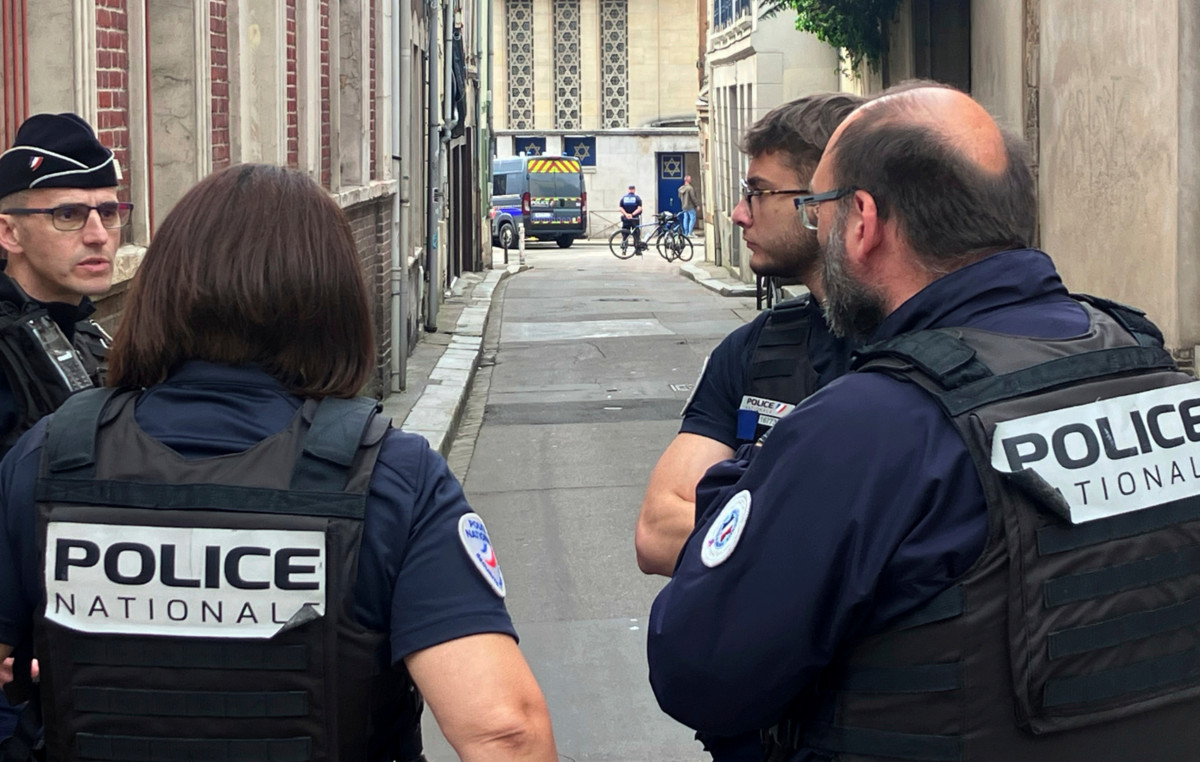The face of a man crucified by the Roman Empire was successfully reconstructed digitally scientists. The skeleton of the man with a nail on the heel was discovered in Fenstanton, Cambridgeshire, in 2017. Wolfson College osteoarchaeologist Corinne Duhig said it was a “almost unique” find in a previously unknown Roman settlement.
The reconstruction of the man's face was revealed in one of his programs BBC Four. “This man met such a terrible end… Seeing his face gives him more respect.” Before the Fenstanton discovery, the only other Roman remains of crucifixes had been discovered in Israel, according to Duhig. “The fortunate combination of good preservation and the nail remaining in the bone allowed me to examine this almost unique specimen, despite the thousands that have been lost.”
“Further injuries were found, suggesting the man suffered before he died. His legs had signs of infection or inflammation, possibly caused by being chained to a wall for a long time. The analysis of of remains revealed that he had spent his entire life in the Cambridgeshire area and probably had brown hair and eyes. According to the scientists, he was a manual worker, probably working in the processing of candles and/or soaps, as it emerged from the many animal bones found near him.
THE crucifixion it was a particularly brutal way of punishment-death, the most famous of which was Jesus Christ's, but it existed for centuries, both before and after. Originally, the punishment was given to traitors and slaves, but in the 3rd century, with the expansion of Roman citizenship, this method of death was expanded. Duhig said: “He was tortured, but he was handed over to the population, to have a perfectly normal burial.”
The facial reconstruction was undertaken by Professor Joe Mullins of George Mason University in Virginia, USA, who said it was “by far the most interesting skull I've worked on in my career”. His skeleton was buried with several nails and a wooden board, which may have been used to form a cross, to which his hands and feet were nailed.
The settlement was discovered by Bedford-based Albion Archaeology, which began excavations in 2017 ahead of a planned housing development. Archaeologists found five cemeteries of the 3rd and 4th centurieswhere they were buried 40 adults and five children, some from the same families.
Source: News Beast
With 6 years of experience, I bring to the table captivating and informative writing in the world news category. My expertise covers a range of industries, including tourism, technology, forex and stocks. From brief social media posts to in-depth articles, I am dedicated to creating compelling content for various platforms.







